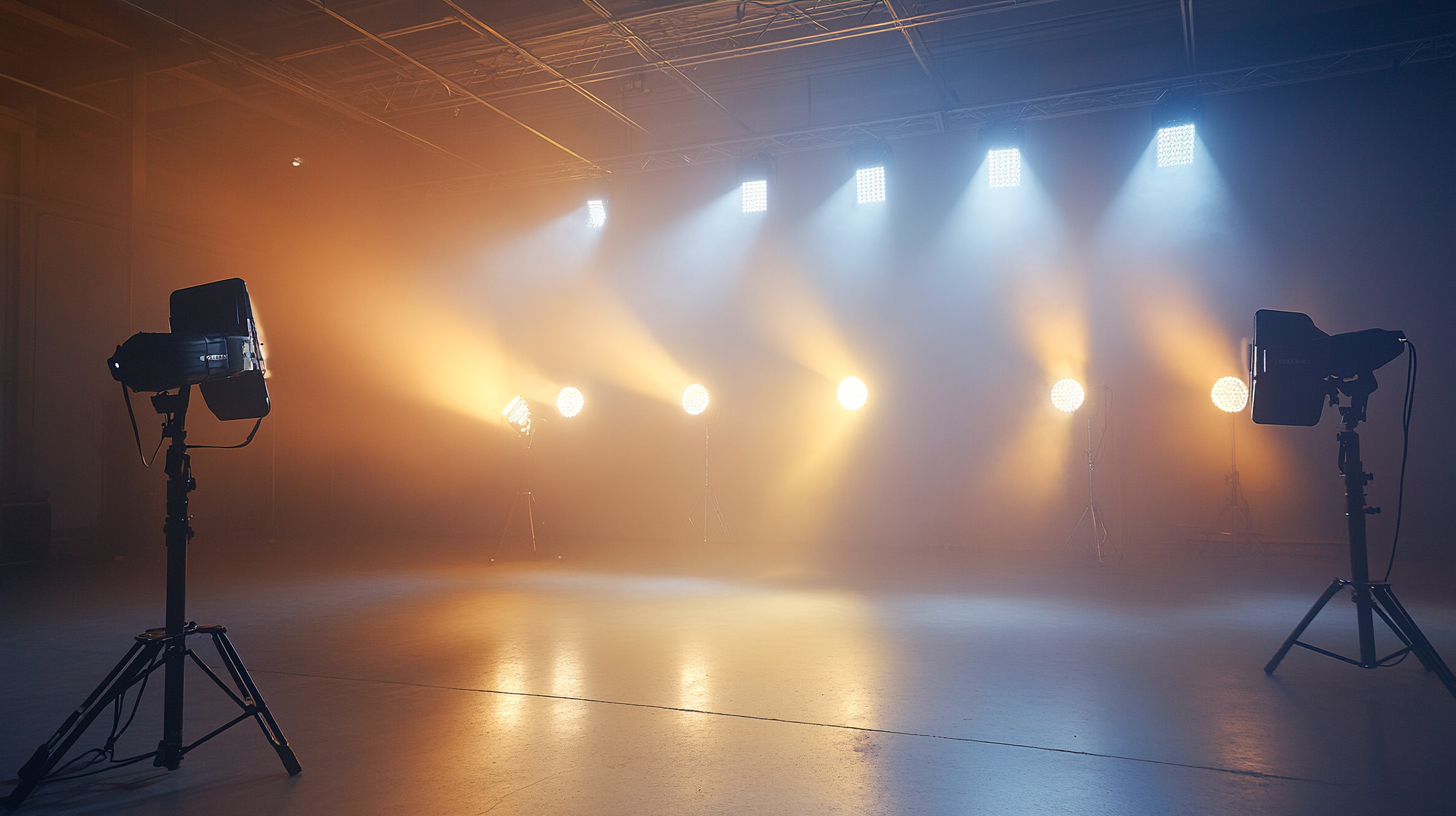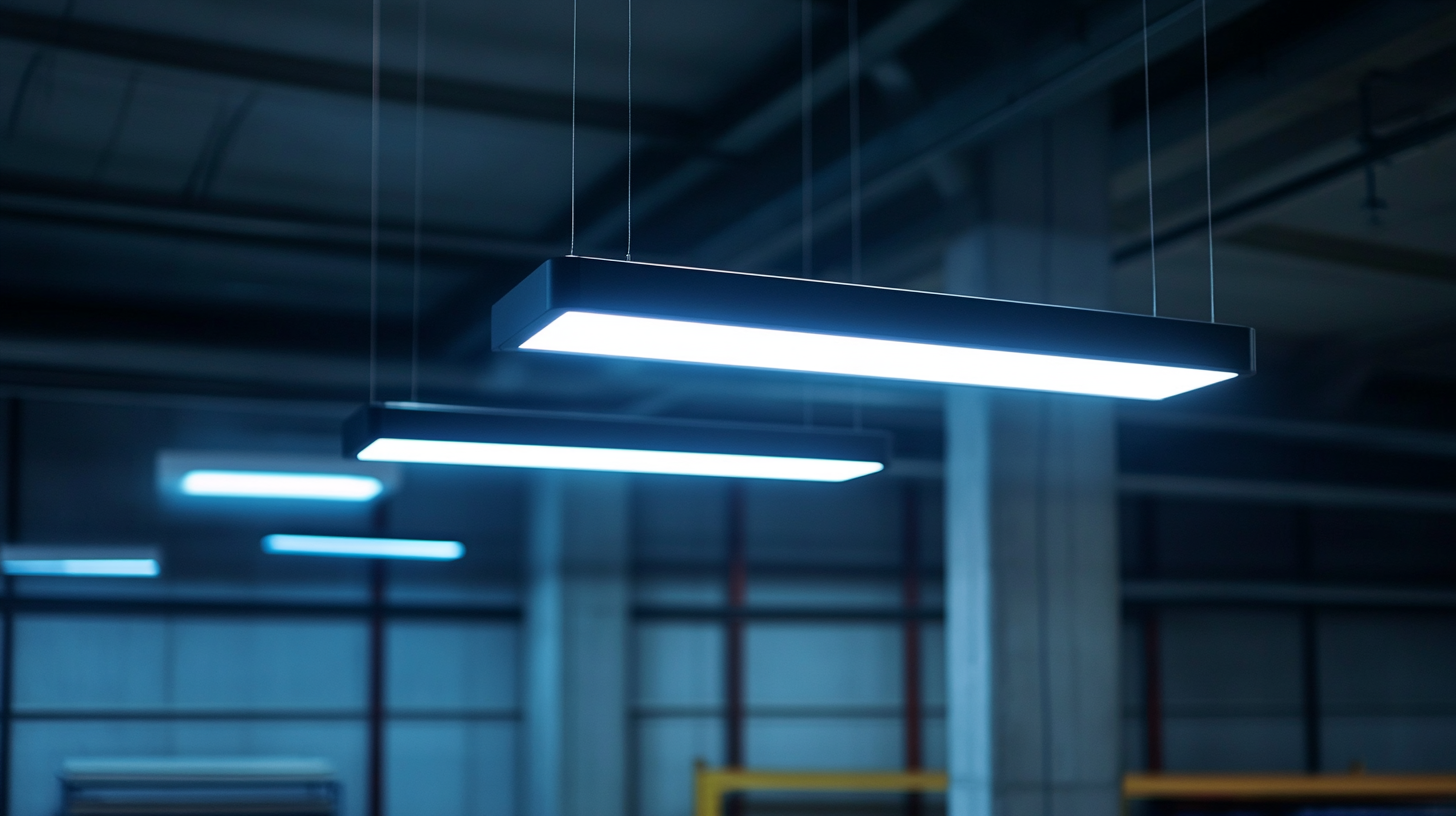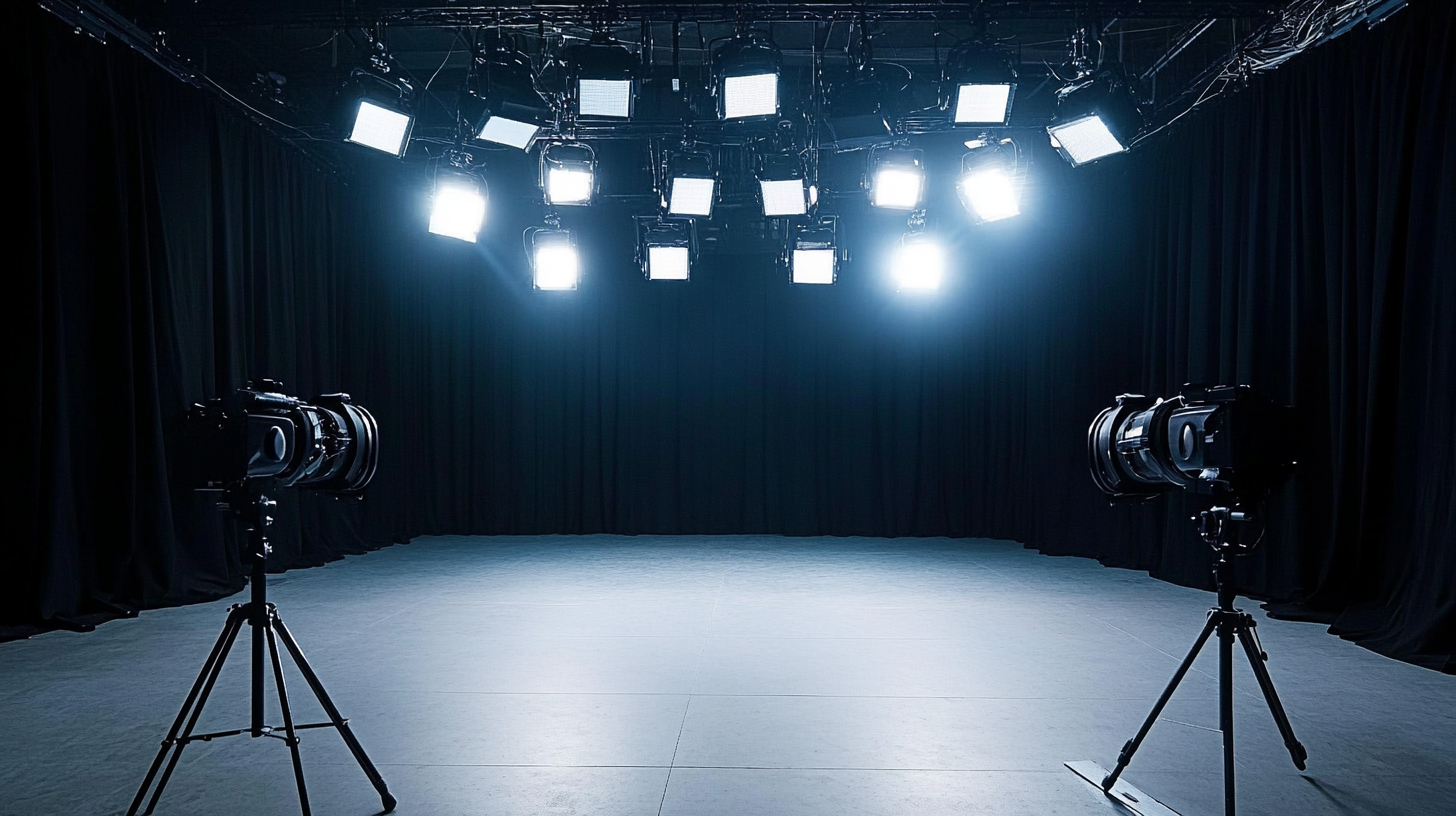Innovative Solutions Beyond Industrial Led Spotlights for Effective Lighting
Effective lighting is critical in industrial environments, where safety and efficiency hinge upon optimal visibility. Recent studies indicate that the global industrial lighting market is projected to reach $30 billion by 2026, driven largely by advancements in lighting technology. Industrial LED spotlights have become a cornerstone in this evolution, offering energy efficiency, longevity, and targeted illumination that significantly enhances productivity levels. According to a report from the Lighting Research Center, these spotlights can reduce energy usage by up to 75% compared to traditional lighting solutions, underscoring their role in driving both operational and environmental benefits for industrial operations.
However, as the demand for innovative lighting solutions grows, it is essential to look beyond conventional Industrial LED spotlights. Industries are now exploring alternative lighting technologies that can complement or even surpass the capabilities of LED systems. Emerging solutions such as tunable lighting, smart sensors, and energy harvesting technologies promise to address specific lighting needs while maximizing efficiency. Embracing a holistic approach to industrial lighting can not only lead to cost savings but also enhance worker well-being and operational safety in an increasingly competitive landscape.

Exploring the Shift: From Traditional LED Spotlights to Innovative Lighting Solutions
The traditional LED spotlight has long been a staple in various lighting applications, from residential settings to commercial spaces. However, as the demand for more efficient and versatile solutions grows, the industry is experiencing a significant shift toward innovative lighting alternatives. These emerging technologies are not only enhancing visual appeal but also addressing the pressing need for energy efficiency and sustainability. Recent advancements have introduced a range of innovative lighting solutions, such as smart lighting systems that integrate seamlessly with IoT devices. These systems allow users to control the intensity, color, and timing of their lighting through smartphones or voice-activated assistants. Additionally, new forms of lighting, including organic LEDs (OLEDs) and tunable white LEDs, provide customizable solutions that can mimic natural light patterns, promoting well-being and productivity in both workplaces and homes. Moreover, aesthetic-focused options like LED wall panels and 3D lighting installations are gaining traction. These designs not only illuminate spaces but also transform them into artistic experiences. By moving beyond the conventional spotlight, consumers and businesses can enhance their environments while contributing to energy savings and a reduced carbon footprint. As we explore the future of lighting, it becomes clear that innovation is key to meeting the diverse needs of modern society.

The Role of Smart Lighting in Enhancing Energy Efficiency and Reducing Costs
In today's rapidly evolving technological landscape, smart lighting solutions are increasingly being recognized for their significant role in enhancing energy efficiency and reducing operational costs. Unlike traditional industrial LED spotlights, which primarily focus on delivering adequate illumination, smart lighting systems integrate advanced features such as sensors, timers, and connectivity to optimize energy use. By allowing lights to automatically adjust based on occupancy or natural light availability, these systems minimize wastage and create a more sustainable environment.
Moreover, the financial benefits of implementing smart lighting cannot be overstated. Facilities that adopt these technologies often report substantial decreases in their energy bills, as smart systems use energy only when and where it is needed. For instance, using motion sensors in less-frequented areas can cut down electricity consumption dramatically. Additionally, many smart lighting solutions are designed for long-term durability and often come equipped with maintenance alerts, thereby reducing the costs associated with frequent replacements and upkeep.
As businesses and industries prioritize sustainability and cost-effectiveness, the integration of smart lighting provides a compelling solution that goes beyond mere illumination. It represents a step towards comprehensive energy management, paving the way for facilities to operate more efficiently while simultaneously contributing to a greener future. Embracing these innovative technologies not only makes sense from a financial perspective but also aligns with the broader goals of environmental responsibility and energy conservation.

Emerging Technologies: How IoT and AI are Transforming Commercial Lighting Design
As the landscape of commercial lighting evolves, emerging technologies such as IoT and AI are reshaping the design and functionality of lighting systems. These advancements not only enhance the aesthetic appeal of spaces but also optimize energy efficiency and improve overall user experience. With the increasing integration of generative AI into workplace environments, businesses now have the opportunity to deploy intelligent lighting solutions that adapt to the specific needs of their users.
IoT-enabled lighting systems facilitate real-time monitoring and control, allowing organizations to manage energy consumption effectively. With sensors that track occupancy and ambient light levels, these systems can automatically adjust lighting to suit the environment, significantly reducing waste. Furthermore, the application of AI in these scenarios can predict usage patterns, offering insights for future planning and resource allocation. As a result, businesses stand to gain from reduced operational costs while creating more sustainable workplaces.
Additionally, the synergy between IoT and AI fosters smart environments where lighting is no longer a static element but a dynamic player in the workspace. Companies can harvest data to understand how lighting impacts employee productivity and well-being. By incorporating these technologies, enterprises can push the boundaries of conventional lighting design, leading to innovative solutions that enhance both functionality and user satisfaction. In this era of digital transformation, embracing such advancements is not just beneficial but essential for a modern commercial space.

Comparative Analysis: Performance Metrics of Advanced Lighting Systems vs. LED Spotlights
The quest for effective lighting solutions has transcended the traditional boundaries of industrial LED spotlights, leading to a surge in innovative technologies. In comparing advanced lighting systems to conventional LED spotlights, several performance metrics come into play, including energy efficiency, lumen output, and lifespan. Advanced systems, such as organic light-emitting diodes (OLEDs) and high-intensity discharge (HID) lamps, offer unique advantages that warrant consideration.
One significant metric is energy efficiency. Advanced lighting systems can often achieve greater energy savings due to their design and technology, utilizing less power while delivering the same or even higher lumen output. This not only reduces operational costs but also minimizes the environmental footprint of industrial practices. Additionally, the longevity of these systems often surpasses that of traditional LED spotlights, resulting in lower maintenance costs and reduced frequencies of replacement.
Moreover, the adaptability of advanced lighting systems is noteworthy. Many of these technologies feature customizable settings that cater to specific industrial needs, allowing for optimized performance depending on the application. The ability to control brightness levels, color temperature, and even the direction of light enhances the overall effectiveness of the lighting system in achieving desired outcomes. As industries continue to prioritize efficiency and sustainability, the comparative analysis of these performance metrics underlines the potential of innovative solutions that extend beyond conventional lighting technologies.
Sustainability in Focus: The Environmental Impact of Innovative Lighting Techniques
In recent years, the shift towards sustainability has become increasingly crucial in various industries, including lighting. While traditional industrial LED spotlights have long been the go-to for effective illumination, innovative lighting techniques are increasingly taking center stage, not just for their efficiency but also for their reduced environmental impact. From energy-efficient designs to the use of sustainable materials, these advancements are redefining how we approach lighting solutions.
One notable innovation is the development of smart lighting systems that adapt to surrounding environments. The integration of sensors and automation allows for lights to be used only when necessary, significantly reducing energy consumption. These systems not only cut down on electricity usage but also minimize carbon footprints, aligning with broader sustainability goals. In addition, many of these smart solutions utilize renewable energy sources, further amplifying their positive impact on the environment.
Moreover, the focus on circular economy principles in lighting design is gaining traction. Manufacturers are increasingly prioritizing recyclable materials and modular designs that can be easily repaired or upgraded, thereby extending the lifecycle of lighting products. This approach not only reduces waste but also encourages consumers to invest in long-lasting solutions rather than disposable alternatives. By embracing these innovative techniques, the lighting industry is paving the way for a more sustainable future, balancing functionality with environmental stewardship.

